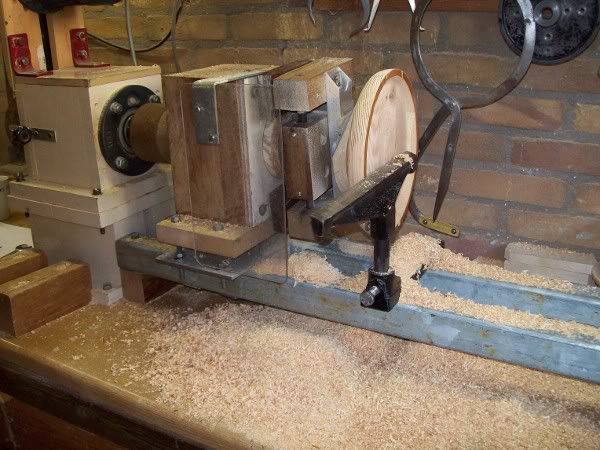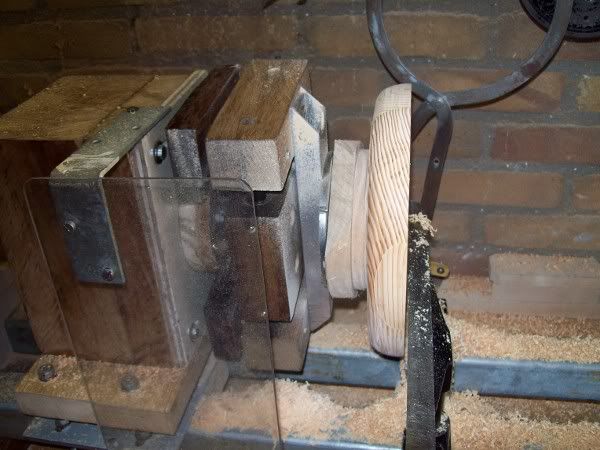Ad de Crom
Established Member
Built in 2009 an oval turning device and turned since that time several objects, but had a slack in the constructed from wood and metal spindle.
Tried to make some reinforcements by placing steel rings for the roller bearings, this was a bit of an improvement, but not fully satisfying.
My wish was always a full metal spindle, and I stumbled unexpected against a metal spindle from an old machine in a junkyard and found more useful stuff. I got it for free, after a little talk.
This is what I got my hands on, complete with two roller bearings of 50mm.
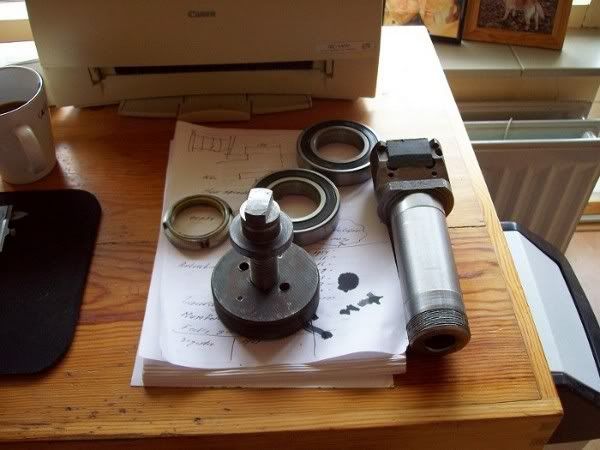
Now the job to transform it into a useful spindle, see piccy's.
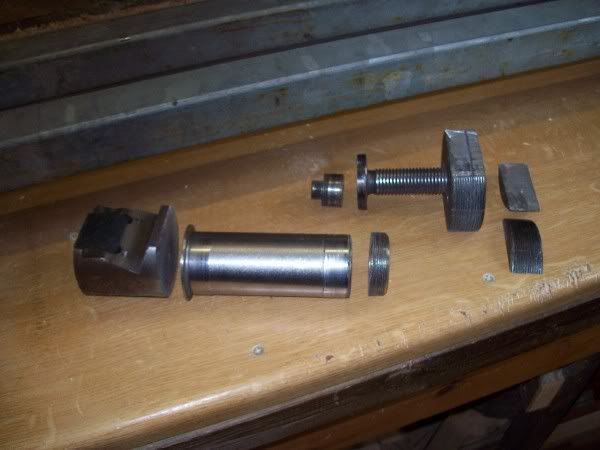
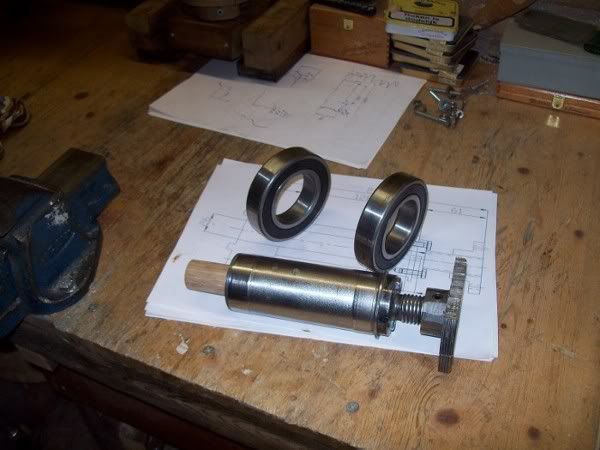
Had also to make a new housing for the spindle.
Assembled today everything, and did the first run without safety shield.
See the next pics, and video

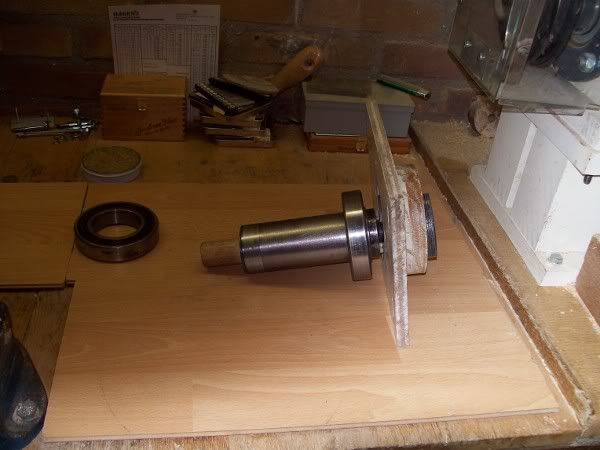
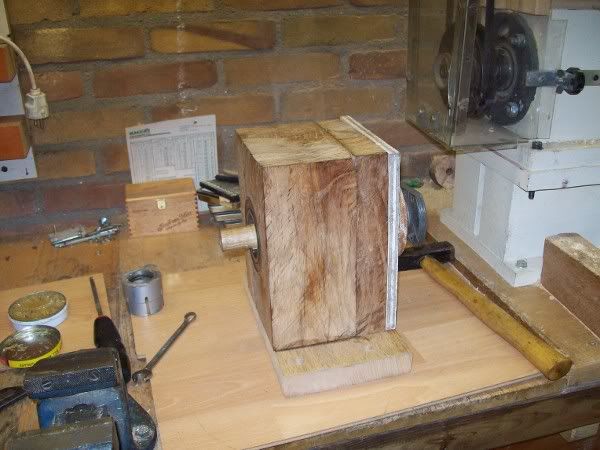
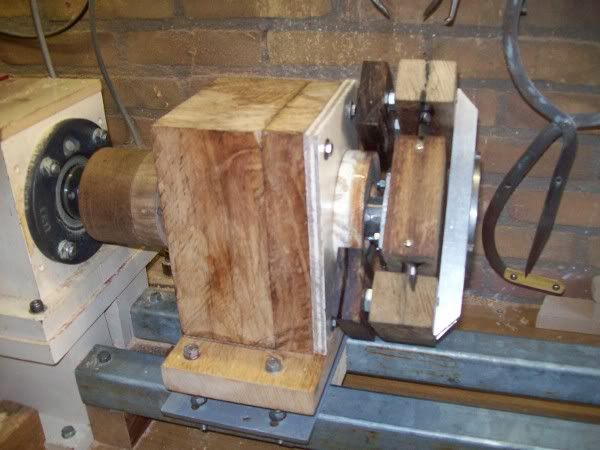
Was a nice project for filling the gab while waiting for picking up my work on the staircase.
Tomorrow the first try out.
Cheers, and thanks for looking.
Ad
Tried to make some reinforcements by placing steel rings for the roller bearings, this was a bit of an improvement, but not fully satisfying.
My wish was always a full metal spindle, and I stumbled unexpected against a metal spindle from an old machine in a junkyard and found more useful stuff. I got it for free, after a little talk.
This is what I got my hands on, complete with two roller bearings of 50mm.

Now the job to transform it into a useful spindle, see piccy's.


Had also to make a new housing for the spindle.
Assembled today everything, and did the first run without safety shield.
See the next pics, and video




Was a nice project for filling the gab while waiting for picking up my work on the staircase.
Tomorrow the first try out.
Cheers, and thanks for looking.
Ad



































